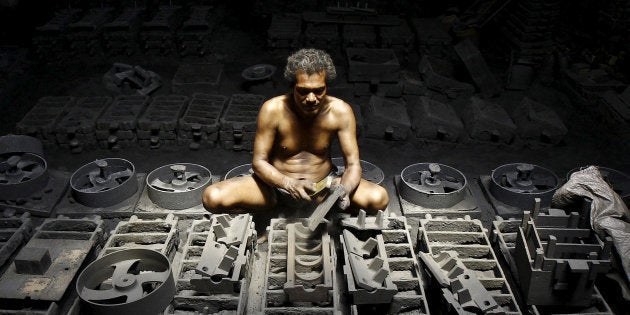
With the budget just a day away, it's a good time to ask--where does India get its money from, is it enough, and where can it get more from?
First, the taxpayer isn't shouldering all of India's burden
The first thing worth remembering is that our income taxes--tax on personal income and on firms other than companies--account for a very small share of the government's total revenues. Less than 14%, according to the 2016-17 budget estimates, in fact. Other taxes and debt cover most of the rest. So if the government does decide to further narrow the tax base or, to take a radical step, fully abolish the income tax, it will only lose under Rs3 lakh crore, or roughly what India's subsidy bill costs.
States are getting more and more of the centre's taxes
A major change in the structuring of the budget in 2014, followed by the NDA government implementing the 14th Finance Commission's recommendations has meant that the share of central taxes going to states has shot up (other assistance from the centre to states has correspondingly decreased).
India's debt now stands at a whopping Rs74 lakh crore, over three times what it was ten years ago.
The Finance Commission uses a formula to divide taxes between states; Uttar Pradesh gets the lion's share owing to its size and population.
How does the government fund itself when taxes don't add up to enough?
It borrows more and more domestically and overseas.
India's debt now stands at a whopping Rs74 lakh crore, over three times what it was ten years ago.
So is the government getting all the revenue due to it?
No, and this isn't just because of defaulters. The government chooses to forego some of its potential income in the form of tax breaks to certain sectors to encourage industry. Over time, this revenue foregone has swelled in size to a whopping Rs6.11 lakh crore in 2015-16. (India's most expensive scheme, the Mahatma Gandhi National Rural Employment Guarantee Scheme, costs Rs38,000 crore annually, in comparison.)
Such is the size and scale of exemptions now that revenues foregone totalled 40% of India's gross tax revenue in 2015-16; without these tax holidays, India could have added 40% to its total tax revenues.